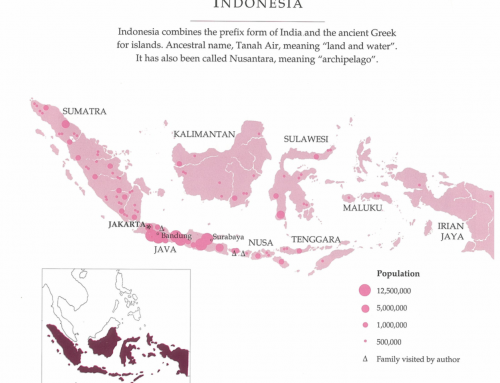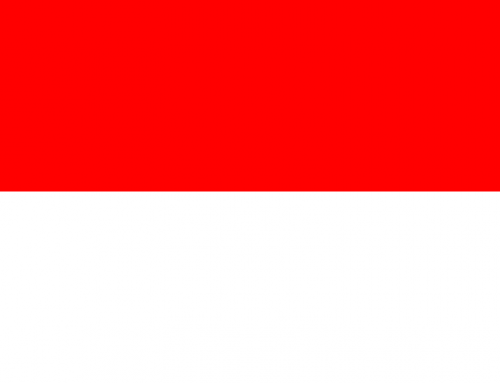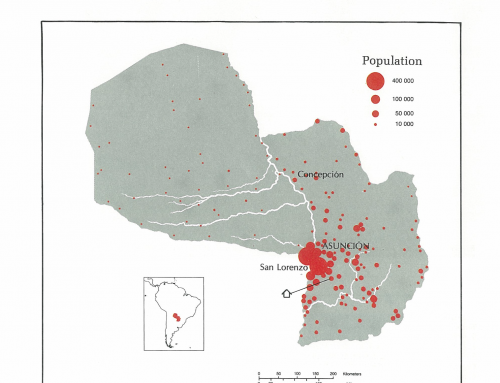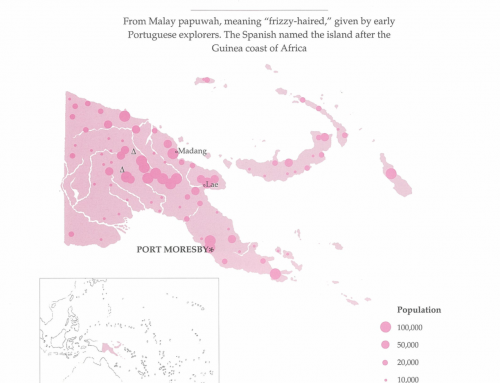GEOGRAPHY
322 islands, sorne hundred inhabited, scattered over 1,290,000 sq. km. of ocean with some of the world’s largest barrier reefs. Larger islands of volcanic origin are mountainous, with fertile coastal-plains. The smaller are mostly low coral-reef islands.
Max. altitude: 1,424 m. (4,672 ft.) (Mt . Tomaniivi)
Now
And then
Area: 18,260 sq. km. (7,050 sq. mi.)
Density: 41 pers./sq. km. (107 pers./sq. mi) (1993)
Arable land: 8% (1989-90)
Forest: 65% (1989-90)
Climate: Tropical, with uniformly high temperature and humidity. Rainfall is heavy and regular on the south-east (windward) side of island, but the north-west (leeward) side experiences a dry season. Lies in the “cyclone belt.” Cyclones occur between December and March.
CAPITAL: Suva, pop. 80,000
HISTORY
Republic of Fiji
According to Fijian legend, the great chief Lutunasobasoba led his people across the seas to the new land of Fiji.
1250 AD: Fiji, a complex stratified society marked by cannibalism and frequent warfare, becomes most materially developed society in the Pacific. Subsequent European forays are discouraged by coral reefs and tales of cannibalism.
Early 1800s: Traders, buying boatloads of sandalwood to sell at huge profits for incense in China, deplete forests by 1814.
1830s: The fust missionaries arrive.
1854: Influential chief Thakombau accepts Christianity, the Fijians convert and tribal warfare stops.
1857: British consul appointed at Levuka.
1860s: Development of Fiji cotton plantations. The British consul rules no Fijian can work on European plantations, so labourers are recruited, often forcibly, from other islands.
1874: The federation of chiefs persuade Thakombau to cede his kingdom to Great Britain.
1875: Measles epidemic kills one-third of population.
1880s: Development of sugar-cane industry, controlled by Australia from 1881 to 1973, brings indentured labourers from India whose descendants stay in Fiji.
WWI and WWII: Fijian contingents serve with British forces.
1962: Fijians are given the right to vote.
Oct. 10, 1970: Independence within the Commonwealth.
1987: Following two military coups, Colonel Rabuka declares Fiji a republic. Its membership of the Commonwealth automatically lapses.
1987: Ratu Sir Penaia Ganilau is appointed President and a new constitution is adopted.
1987-December 1992: 22,000 Fijians citizens emigrate, more than 80 percent of them Indians, including a high proportion of Fiji’s professional people. Native Fijians are now the largest community group for the first time since 1946.
And now on Wikipedia




